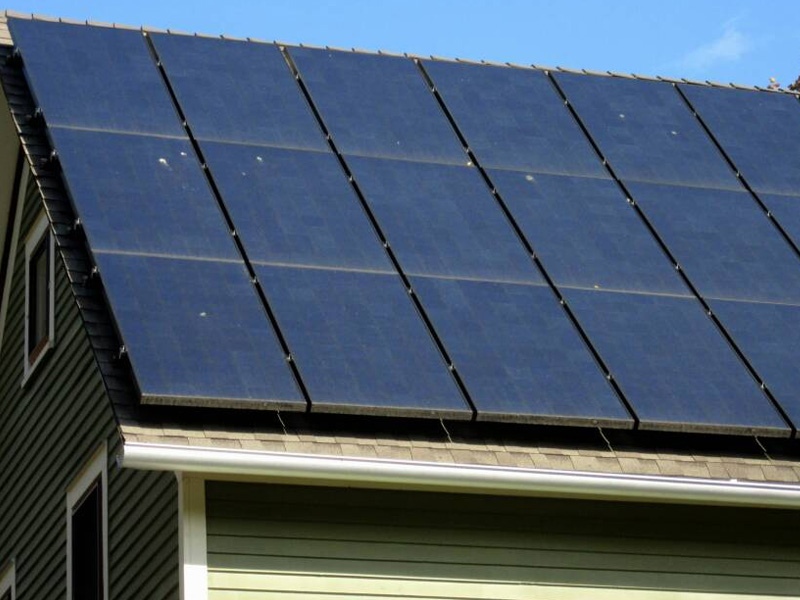Tax-exempt entities can qualify for direct payments from the Photovoltaic Investment Tax Credit (ITC) under a provision of the Reducing Inflation Act, passed recently in the United States. In the past, to make non-profit PV projects economically viable, most users who installed PV systems had to work with PV developers or banks that could take advantage of tax incentives. These users will sign a power purchase agreement (PPA), in which they will pay the bank or developer a fixed amount, usually for a period of 25 years.
Today, tax-exempt entities such as public schools, cities, and nonprofits can receive an investment tax credit of 30% of the cost of a PV project through direct payments, just as tax-paying entities receive the credit when filing their taxes. And direct payments pave the way for users to own PV projects rather than just buy electricity through a power purchase agreement (PPA).
While the PV industry is awaiting official guidance from the U.S. Treasury Department on direct payment logistics and other Reducing Inflation Act provisions, the regulation sets out basic eligibility factors. The following are entities eligible for direct payment of the PV Investment Tax Credit (ITC).
(1) Tax-exempt institutions
(2) U.S. state, local, and tribal governments
(3) Rural Electric Cooperatives
(4) Tennessee Valley Authority
The Tennessee Valley Authority, a U.S. federally owned electric utility, is now eligible for direct payments through the Photovoltaic Investment Tax Credit (ITC)
How will direct payments change non-profit PV project financing?
To take advantage of direct payments from the Investment Tax Credit (ITC) for PV systems, tax-exempt entities may obtain loans from PV developers or banks, and once they receive funding from the government, return it to the company providing the loan, Kalra said. Then pay the rest in installments.
“I don’t understand why institutions that are currently willing to guarantee power purchase agreements and take credit risk to tax-exempt entities are reluctant to provide construction loans or provide term loans for that,” he said.
Benjamin Huffman, a partner at Sheppard Mullin, said financial investors had previously constructed similar payment structures for cash grants for PV systems.
“It’s essentially borrowing based on future government funding, which can easily be structured for this program,” Huffman said.
The ability of nonprofits to own PV projects can make energy conservation and sustainability an option.
Andie Wyatt, director of policy and legal counsel at GRID Alternatives, said: “Giving these entities direct access to and ownership of these PV systems is a huge step forward for U.S. energy sovereignty.”
Post time: Sep-16-2022

